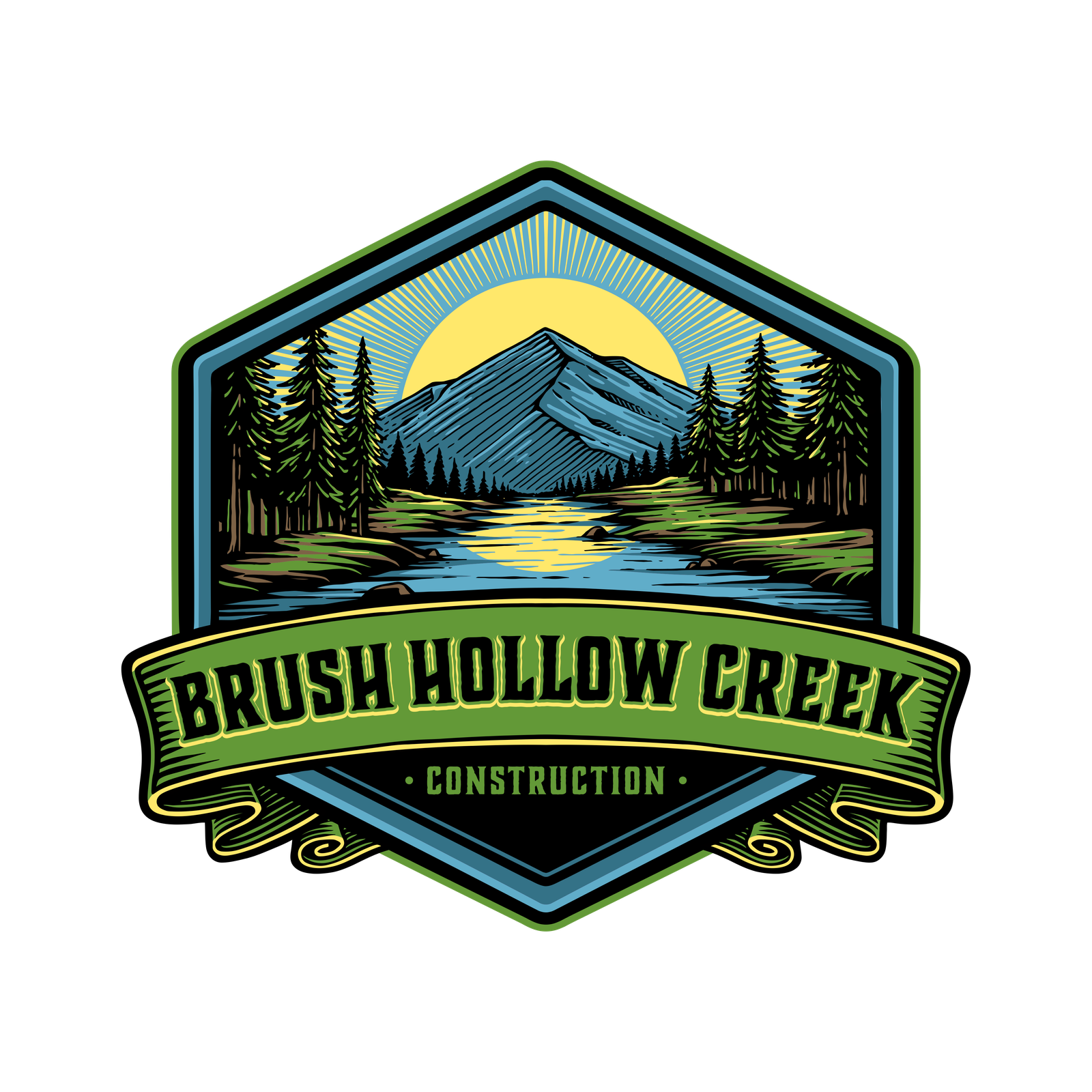Concrete is one of the most durable building materials, but even the strongest slab isn’t immune to cracks. Over time, natural wear, environmental stress, and structural shifts can cause your driveway, patio, basement floor, or foundation to develop small fissures. While some cracks are cosmetic and can be handled with a simple DIY repair kit, others are signs of more serious structural problems.
Knowing the difference is key to protecting your property’s safety and value. In this guide, we’ll break down the types of concrete cracks, when you can safely handle them yourself, and when it’s smarter—and safer—to call in a professional.
Understanding Concrete Cracks
Not all concrete cracks are created equal. Understanding their type and cause helps you determine the right repair method.
Common Types of Cracks
- Hairline cracks: Very thin and usually cosmetic, often from shrinkage during curing.
- Shrinkage cracks: Form as concrete dries and loses moisture. Typically shallow and not structural.
- Settlement cracks: Caused by soil movement beneath the slab. Can indicate potential foundation issues.
- Structural cracks: Wide, deep, or jagged cracks that threaten stability. These require immediate attention.
Causes of Concrete Cracks
- Temperature fluctuations: Freeze-thaw cycles expand and contract the concrete.
- Soil movement: Poorly compacted soil or expansive clay can shift under slabs.
- Heavy loads: Excess weight on driveways, garage floors, or patios stresses the slab.
- Poor installation: Inadequate curing or missing control joints accelerate cracking.
These factors explain why some cracks are purely cosmetic while others compromise structural integrity.
Assessing the Severity of Cracks
Before deciding whether to patch a crack yourself, assess its seriousness.
Signs a Crack Is Minor
- Less than ¼ inch wide
- Not spreading or lengthening
- Only on the surface, without depth
- No water leakage or soil exposure
Signs a Crack Requires Professional Repair
- Wider than ¼ inch
- Continuous widening or branching
- Uneven slab surfaces (trip hazards)
- Water seepage into basement or foundation
- Cracks running through walls, floors, and ceilings
Structural cracks signal more than surface damage—they can compromise your foundation’s stability and put your home at risk.
DIY Concrete Crack Repair – When It’s Safe
Many homeowners can successfully tackle small, non-structural cracks with the right materials and patience.
Suitable Cracks for DIY Repair
- Hairline cracks on patios, sidewalks, or garage floors
- Stable cracks that don’t expand
- Superficial driveway cracks
DIY Repair Methods
- Concrete Crack Filler or Sealant – For hairline and shallow cracks. Apply using a caulking gun or squeeze bottle.
- Epoxy Injections – Strong bonding solution for non-structural cracks in slabs and walls.
- Patching Compounds – Pre-mixed or powdered materials that fill deeper surface cracks.
Tools & Materials You’ll Need
- Wire brush for cleaning debris
- Chisel and hammer for widening small cracks (ensures better bonding)
- Trowel for spreading patch compound
- Safety gear (gloves, mask, goggles)
These affordable methods can extend the lifespan of your driveway or patio without major investment.
When to Call a Professional
Sometimes, DIY isn’t enough. Large, spreading, or structural cracks need expert solutions.
Warning Signs You Need a Pro
- Cracks wider than ¼ inch
- Foundation wall cracks with bowing or bulging
- Water leaks through basement floors or walls
- Multiple cracks across different parts of the property
- Uneven floors inside your home
Why Professional Repair Matters
- Structural safety: Prevents collapse or costly damage.
- Long-term durability: Contractors use advanced products like polyurethane foam and carbon fiber reinforcement.
- Accurate diagnosis: Professionals identify underlying causes such as soil settlement or drainage problems.
Services Offered by Professionals
- Slab lifting / mudjacking: Raises sunken slabs using concrete or foam injection.
- Foundation underpinning: Reinforces weak foundations with steel piers or helical piles.
- Concrete resurfacing: Applies a new surface layer to improve appearance and strength.
Investing in professional repair can save you from much higher repair costs down the road.
Preventing Future Concrete Cracks
While you can’t stop all cracking, proactive care helps minimize damage.
Preventative Measures
- Proper installation: Ensure new slabs cure correctly and include control joints.
- Seal your concrete: Regularly apply a waterproof sealer to block moisture penetration.
- Maintain drainage: Keep gutters and downspouts clear to prevent water pooling near foundations.
- Avoid heavy loads: Don’t park large trucks or store heavy machinery on thin slabs.
- Routine inspections: Catch small cracks before they worsen.
Cost Considerations
Repair costs vary widely depending on severity and method.
- DIY Crack Filler: $10–$50 for sealants or patch kits.
- Epoxy Injections: $50–$150 for small jobs.
- Professional Repair:
- Minor crack sealing: $250–$500
- Foundation crack stabilization: $2,000–$7,000+
- Slab lifting/mudjacking: $500–$1,500 per slab
While DIY is cheaper, professional repair ensures long-term structural safety. Ignoring cracks often leads to much higher repair costs later.
Safety and Best Practices
Concrete repair may seem simple, but safety should always come first.
- Wear protective equipment – gloves, safety goggles, dust mask.
- Follow manufacturer instructions – especially with epoxy and sealants.
- Dispose of waste properly – avoid rinsing chemicals into drains.
- Work in dry conditions – moisture weakens bonding and prolongs curing.
For eco-conscious homeowners, low-VOC sealants and environmentally friendly patching compounds are widely available.
Conclusion
Concrete cracks are inevitable, but they don’t always spell disaster. Small, stable cracks can be handled with DIY fillers, epoxy injections, or patching compounds. However, widening or structural cracks are a red flag—it’s time to call in a professional to protect your home’s safety and value.
By addressing cracks promptly and following preventive maintenance, you can extend the lifespan of your concrete surfaces, save money, and maintain peace of mind.
FAQs
1. What is the best way to repair small cracks in concrete?
Using a crack filler or sealant is the easiest and most cost-effective method for small, non-structural cracks.
2. How do I know if a concrete crack is structural?
If it’s wider than ¼ inch, spreading, uneven, or allowing water intrusion, it may be structural.
3. Can epoxy fix foundation cracks?
Epoxy can seal non-structural foundation cracks, but structural cracks often require professional repair.
4. How much does professional concrete crack repair cost?
Costs range from $250 for minor sealing to $7,000+ for foundation stabilization.
5. How can I prevent cracks in new concrete?
Proper curing, control joints, sealing, and good drainage are essential to minimize future cracking.

